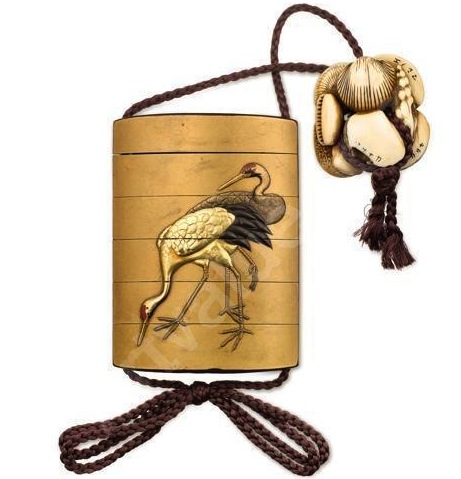WHAT IS AMBER?
Amber is the ancient resin or sap from trees from the Carboniferous period onwards and once polished make exquisite collectors pieces or jewellery items especially those that contain insects or plant life.
Most of the worlds amber deposits originate from the Baltic latitudes though some are from Dominican and dates from about 30 – 40 million years ago. A lot of Amber pieces contain inclusions which are insects or plant matter that were caught as the resin oozed from the tree. A lot of insects look as if they put up a struggle as they fought to exit the glue-like substance.
As it hardened, the inclusion was frozen in time, perfectly preserved, for millions of years to the present day. Each and every one is different and unique and make fascinating collectors pieces for all ages.
FAKES
Like a lot of things in the online market-place fake amber unfortunately is quite common. Usually originating from either Poland or China, (especially China) they are not amber pieces at all but carefully manufactured fakes and more often than not plastic!
Fake amber has been used for centuries in cheap costume jewellery. With the expanded popularity of fossil collecting recently, the unscrupulous will always find a way to replicate and flood the market with some obvious and not so obvious fakes designed to snare the gullible and turn a quick profit. It is usually derived from a plastic or polymer that easily fails the tests outlined below. An added bonus is the fakers have no idea of the history of amber or what crawled the earth at the time!
To test a piece of amber try these simple tests:-
i) Clean the piece with soap and water, then plain water. This rids it of any modern day “pollution”. Lick it slowly – several times! It should leave a tingly taste quite distinct from the urggh taste you get from licking plastic.
(ii) Smell it – real amber has a faint pine smell to it. Having said that fakers are wising up and spraying samples with car-freshener.
(iii) Amber floats in salt water. That’s how it’s easily found washed up on beaches on the Baltic Coast, especially after storms. The amber gets stirred up from a layer known as blue earth, which is beneath layers of silt and clay on the ocean floor. To test, mix about 1 part salt to 2 parts water and dissolve the salt completely. Drop your speciman into it. Plastic and copal will sink and amber floats.
(iv) Acetone test – drop some nail-polish remover onto the surface. If it becomes tacky its not amber. It could be copal (immature amber) so dont sling it until you have determined its not!
(v) Burn it! Amber will not melt, just burn like incense. Plastic will melt and give off chemical fumes. Copal – a younger type of resin -will melt with a pine smell. This is the destructive method so don’t do it unless you are more or less convinced it isn’t real and have tried the above tests first.
‘Amber, the freezing gold, that is not hot and is not cold
Has caught within its dreaming arms, the insects and the flowers charms
Time has kept as still as death, holding instant, every breath
Now from out our fading past, a scene which can forever last’
-Garry Platt-




















